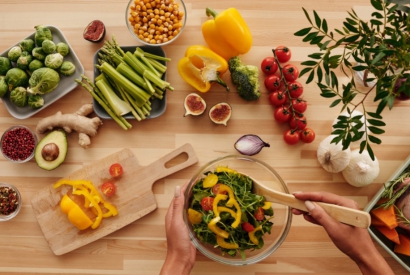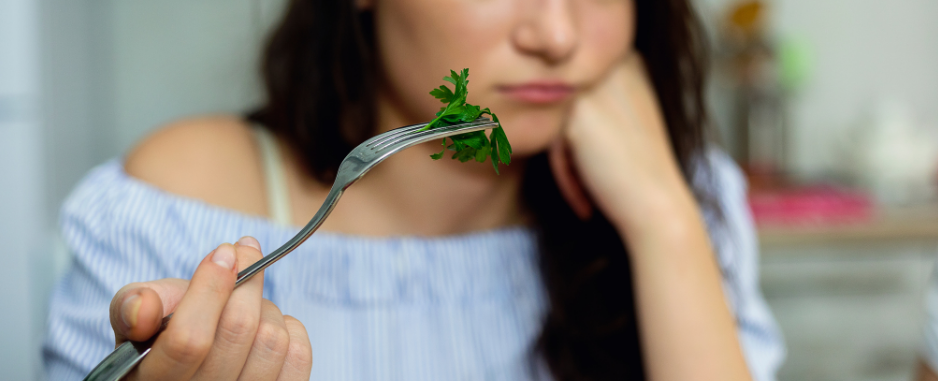
The Candida Diet
The current lifestyle of people, including lack of sleep, constant stress, lack of physical activity, frequent use of antibiotics and a diet rich in processed products, has led to candidiasis becoming a disease that affects more and more people. There is an overgrowth of Candida yeasts that naturally colonize our intestinal flora.
You can find more about Candida mushrooms HERE
In this article, we will focus on diet recommendations which are crucial in treatment of candidiasis. To understand how important it is in the treatment process, we need to understand that Candida fungi are parasites. This means that in order to survive and multiply, they need a host, i.e. a person on whom they will live and who will nourish them. And it is sugar that is their food. This means that when their food source is cut off, the fungus will not only stop multiplying, but will also die after a long time of starvation. A sugar-free diet is an essential part of curing candidiasis.
Antifungal diet
It should be noted that the antifungal diet should, first of all, be a wholesome diet, based on the best quality products possible. It should provide the body with all the necessary nutrients, and not bring or aggravate nutritional deficiencies.
The antifungal diet, however, is very strict and highly eliminative, and therefore should always be used under the supervision of a qualified dietitian. The information in this article is for general guidance only and should not be used as a substitute for a personalized eating plan.
What should be eliminated
1. Sugar
In the form of sucrose - white sugar in a sugar bowl, but also cane, coconut, brown sugar, cookies, ice cream, candies, nutella, buns, breakfast cereals and other sweet products. It should also be remembered that sugar is often hidden in products that we do not think that are in the "sweet" category, such as ready-made sauces, ketchup or many ready-made salads.
2.Juices
A glass of juice you can purchase in a store may contain up to 8 teaspoons of sugar. Many people, having this knowledge, squeeze the juice from the fruit themselves, so they can be sure that there is no added sugar. It is a good alternative, however, for healthy people. People suffering from Candida fungus overgrowth should also exclude this type of juices from their diet. In such a case, only fructose - the sugar contained in the fruit in high concentration, practically completely devoid of the nutrients of the fresh fruit - is "passed" into the juice.
3. Honey, date syrup, maple syrup, agave syrup, jam and more
Although it is a healthier option than sugar, it is still sugar, only in a different form. Also a very good breeding ground for mushrooms. The only currently tested and acceptable sweetener in candidiasis is xylitol, erythritol and stevia. However, remember not to overuse those sweeteners.
4. Alcohol
Alcohol is a toxin and due to this reason it is recommended to reduce its consumption to a minimum. It can cause exacerbation of inflammation and malaise. In addition, it puts a heavy strain on the liver, which often works hard anyway, flushes out electrolytes and has a negative effect on the nervous system and the heart.
5.Milk and dairy products
It is worth noting that the lactose in milk is sugar. However, bear in mind that if you do not use diary products for a long time the production of lactase will decrease which may lead to lactose intolerance. Therefore, after recovering and recovering from candidiasis, it is recommended to slowly start to include products such as yogurt, kefir or buttermilk back into your diet.
6. Yeast-containing products
Yeast bread, rolls, bread, but you also need to remember about blue and long-ripening cheeses, diced broth, vinegar, soy sauce, powdered soups or ripening cured meats.
7. Wheat flour
In the initial stage, you should exclude all wheat products (not to be confused with gluten), including whole grains and the most processed cereals, i.e. white rice. If there are intestinal problems (abdominal pain, gas, bloating), it is also worth considering the exclusion of gluten (barley, rye, wheat, oats).

Products allowed
1. Lean types of meat
Mainly poultry - turkey, chicken, but you should pay attention to the quality of the meat. It is recommended to buy organic meat, without the addition of antibiotics. Completely exclude sausages, fatty types of meat, frankfurters or highly processed meats.
2. Fish
Especially oily fish, rich in anti-inflammatory omega-3 fatty acids. Salmon, rainbow trout, mackerel also cod or trout.
3. Whole grain cereal products
Quinoa, wild and brown rice, millet, buckwheat. If you do not have intestinal problems, then also barley or rye flour products.
4. Healthy fats
Rapeseed oil, olive oil, evening primrose / linseed / black cumin oil, nuts (not roasted or salted, preferably with peanuts), avocado.
5. Low starch vegetables
Most vegetables are allowed, except potatoes, mushrooms, corn, sweet potatoes and pumpkins (at least in the initial treatment phase)
6. Not sweet fruits
Sweet and dried fruit must be eliminated from the diet. However, it is worth enriching your diet with sour fruits: lemon, grapefruit, sour apples and anti-inflammatory berries: blueberries, currants, blackberries and raspberries.
7. Legumes
Initially, it is allowed to use legumes approx. 2 times a week (lentils, chickpeas, beans, etc.). This amount can be increased over time.
Only combining the antifungal diet discussed above with probiotics can help fight candidiasis. Also remember that if you use long-term antibiotics for Lyme disease or co-infections, you are particularly exposed to the overgrowth of Candida fungi. In this case, the main principles of the antifungal diet, in particular the exclusion of sugar, will work great here.

 Boosting Your Libido Naturally with Herbal Supplements
Boosting Your Libido Naturally with Herbal Supplements
 Unlocking Energy Potential: Shilajit's Impact on ATP Production and Vitalit
Unlocking Energy Potential: Shilajit's Impact on ATP Production and Vitalit
 Collagen's Role in Lyme Disease Recovery: Understanding Its Vital Benefits
Collagen's Role in Lyme Disease Recovery: Understanding Its Vital Benefits
 Helicobacter Pylori- Natural Treatment
Helicobacter Pylori- Natural Treatment
 Sleep and Immunity
Sleep and Immunity